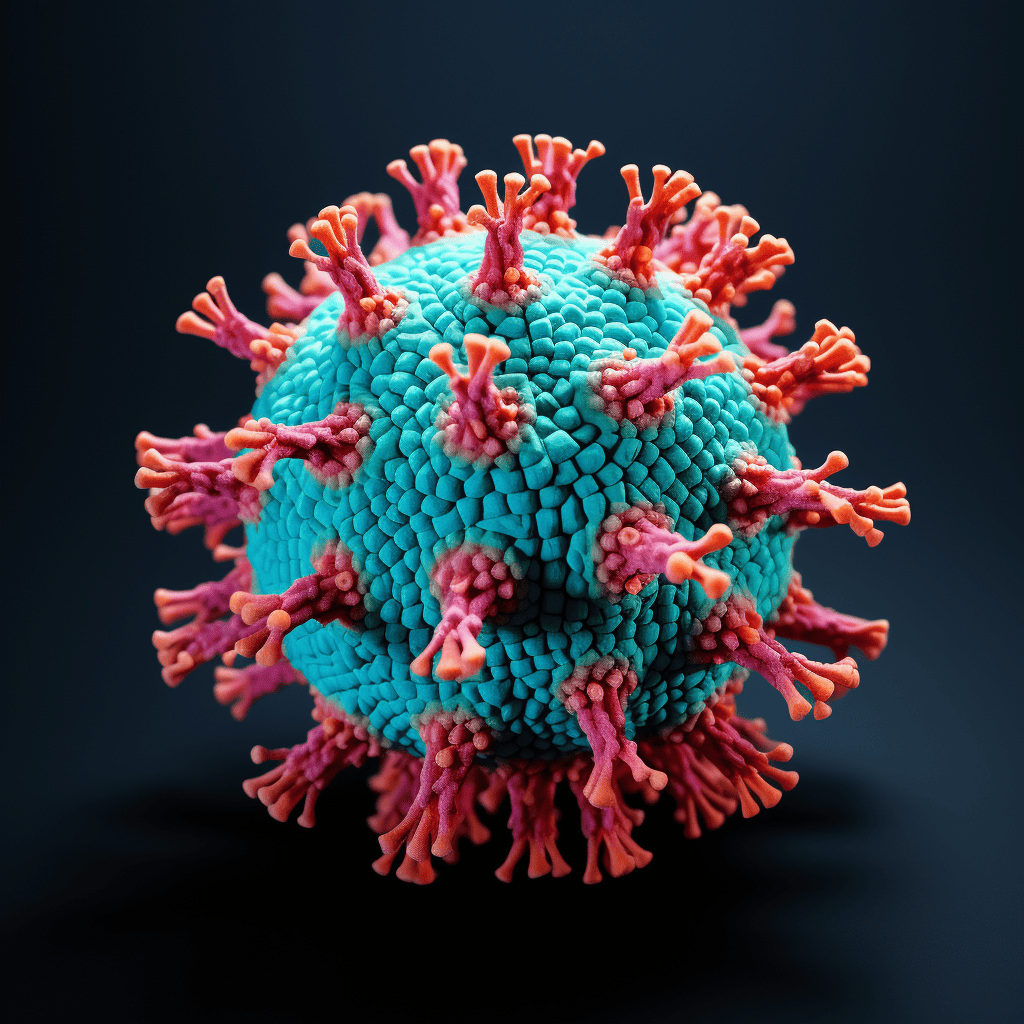
Scientists have declared a major breakthrough in the fight against the debilitating disease known as Lyme disease. Transmitted by ticks, the dangers posed to public health by the disease are now widely documented. If left untreated it can lead to a host of physical and neurological symptoms ranging from memory loss to paralysis, and even death.
Until now the only successful vaccine to have shown any success was developed by the US pharmaceutical giant Sanofi, but was limited in its effectiveness to just one strain of the bacteria that causes the disease, and which is widespread in America but not in Europe. In collaboration with the Czech Academy of Sciences, a new and potentially far more potent version of the vaccine has now been developed, with tests in mice revealing 100% effectiveness against multiple strains of the bacteria known as Borrelia.
Very simple molecule
“The first vaccine focused on the surface protein of the Borrelia bacteria found in ticks, and known as OspA,” said Radek Šíma, an expert on parasites at the Biological Centre of the Czech Academy of Sciences. “It was a very simple molecule with a host of side effects which was only effective against one strain of the bacteria which is found in America.”
There are in fact at least 21 strains of the bacteria that have now been identified, with varying types of surface proteins. As a result these individual strains of bacteria often have known characteristics in terms of their virility and the parts of the body they prefer to attack. Making matters even worse, once these strains have passed into their human host, usually by means of a tick bite, they are capable of changing their surface proteins in order to evade the immune system, in a process known as ‘cloaking’.
No-go areas
In response, scientists have improved the molecular structure of the vaccine which can now attach to multiple variations of the OspA protein, offering the prospect of carefree picnics in some of the most picturesque areas of Europe where infected ticks have spread in recent decades due to warming temperatures, creating panic and no-go areas for tourists and locals.
“The new structure of the disease means that the immune system can immediately and consistently recognise the presence of the invasive pathogen and quickly create antibodies against it,” said Šíma. “It stops the infection getting a foothold by the rapid speed of its response, killing the bacteria the instant it enters the body.”
Even more importantly, Šíma is keen to stress that the new vaccine will respond to all strains of the Lyme bacteria. Laboratory tests using mice have exceeded expectations, and shown 100% effectiveness. The results of the research by the Czech team were published in this month’s highly respected medical journal NPJ Vaccines, and a decision on clinical trials is expected shortly.


